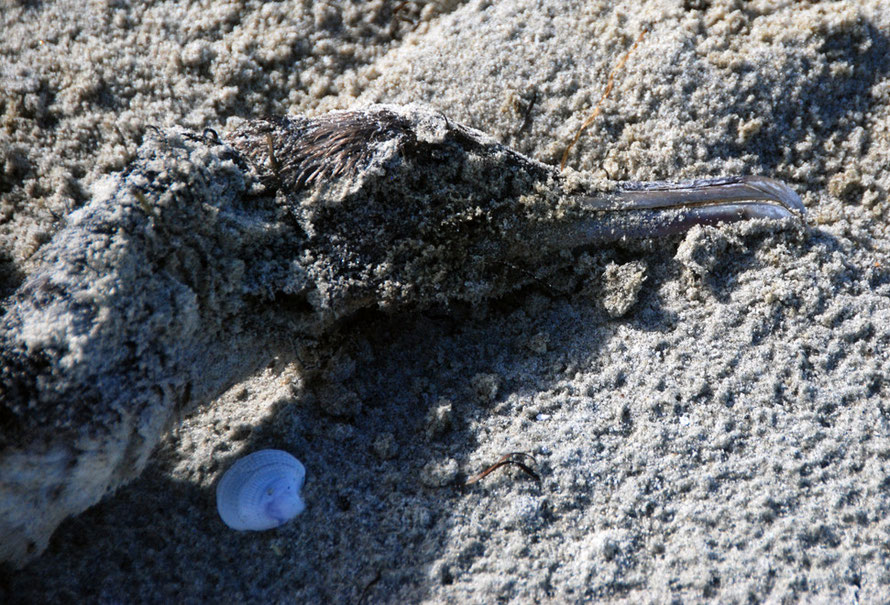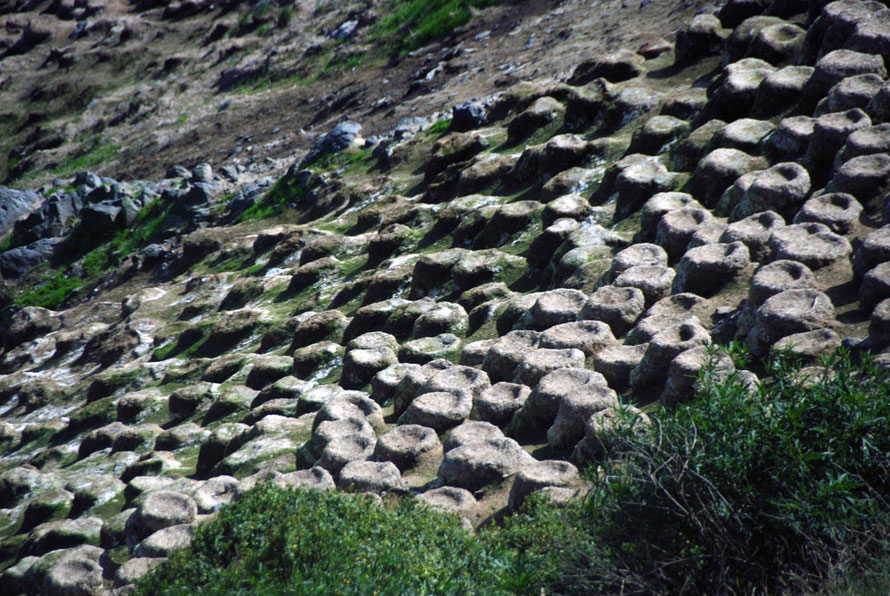VII. Shags
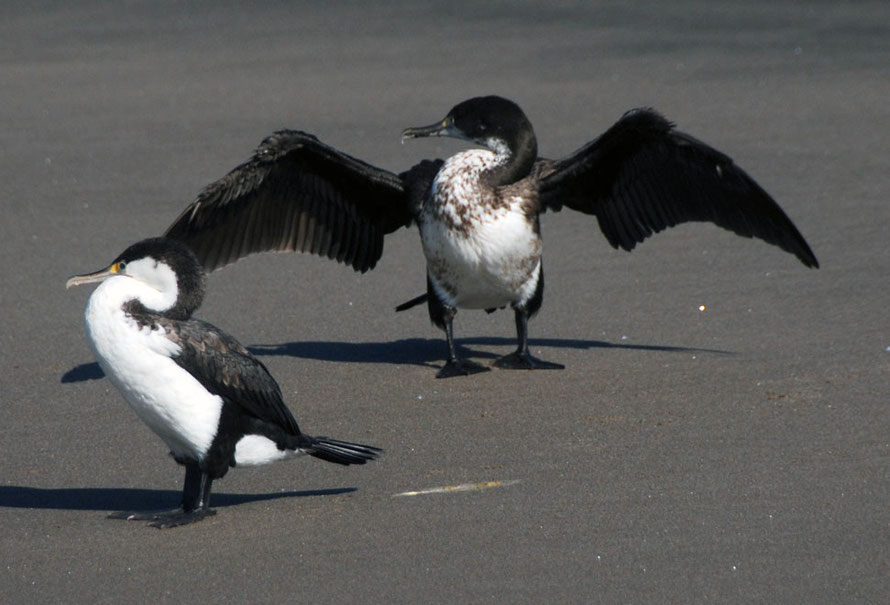
There are twelve species of shag (eight of which are endemic) in New Zealand (a third of the world's shag species), of which six are pink-footed (Leucocarbo genus) and four
black-footed (Phalacrocorax genus) and two yellow-footed (Stictocarbo genus). Most of the cold-water pink foots are confined to islands with the Stewart Island Shag being the
most common. For the other other five New Zealand pink-footed
shags see here.
The Black ('cormorant outside New Zealand), Pied and Little Shag are the most common in coastal waters although the Pied Shag is classed as 'nationally vulnerable (see Te Ara: Shags).
The Stewart Island shags (Leucocarbo chalconotus), are large marine birds and are found north to the Waitaki River in the South Island of New Zealand. Interestingly, the Stewart Islands shags decline in size the further south one goes - the Otago birds out-shagging the Stewart Island ones.
Slightly smaller than the very rare King Shag (which were nearly hunted to extinction as a food bird by Maori) the Stewart Island weighs in at 2.5kg and is considered rare with 1,600-1,800
breeding pairs.
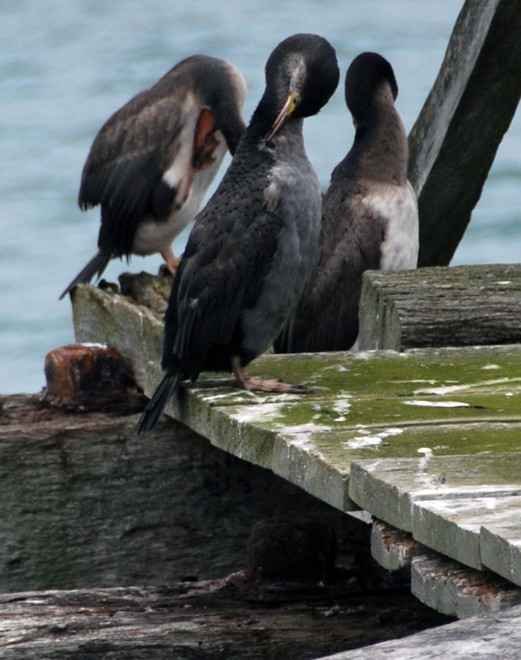
It seems only right at this juncture that I should haul up my photo of Stewart Island Shags on the Otago peninsula to make the comparison, all other things being equal.
Comparing the two photographs which were taken days apart I would say that the Otago Stewart Island shags look sleeker and plumper than their Bluff cousins and their feet look bigger and pinker.
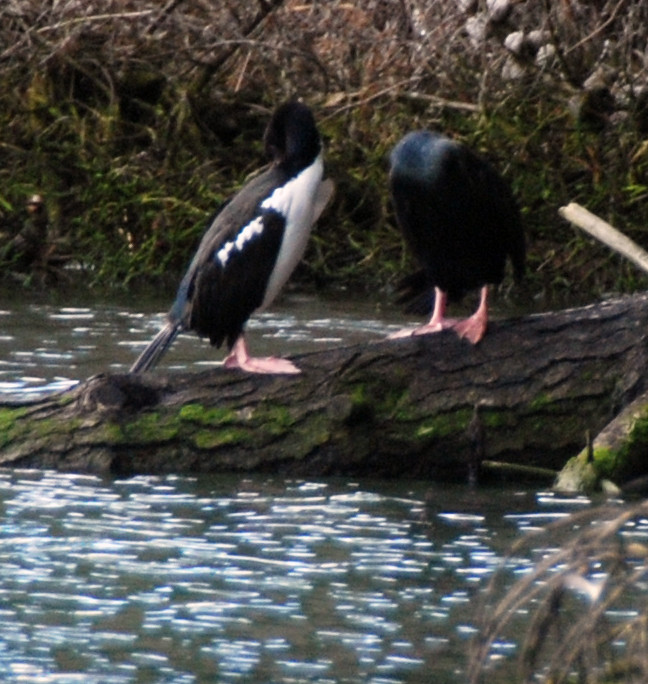
Confusingly the Stewart Island shags have variable plumage and in effect come in two varieties - the striking black-and-white plumage of the pied morph and dull dark brown plumage of the bronze morph that apparently can become, iridescent 'in the right lighting conditions' (NZBirdsOnline).
The Bluff ones are clearly the bronze version where the Otago two above split the difference - one is pied and the other is the dark brown with the very evident effervescent blue-green sheen coming of its wet plumage.
Estimates of population size vary between 1600-1800 pairs, to fewer than 5000 birds. They breed from North Otago to Stewart Island on steep cliffs and rugged offshore islets.Threats to the Stewart Island Shag include entaglement in nets and disturbance to nesting colonies.
